
Marjorie Holmes once said, “At Christmas, all roads lead home.”
But what is home? They said it’s a place where your family is – Philippines. And some said it’s where your heart is – UK. I was in neither. So at that time of the year, my road led to somewhere else – Chiang Mai!
Chiang Mai, means New City, is the capital of Chiang Mai Province and former capital of the Kingdom of Lan Na (1296-1768). It is 700km north of Bangkok and is considered as 1 of the top 2 tourist destinations in Thailand.
As a farang (foreigner), I got curious about why my other farang friends wanted to go there. Is it because of the weather? Food? Nature? That was what I intended to find out.
HOW TO GET THERE:
According to my friend who’s from Chiang Mai, the city can be reached by different modes of transportation: plane, train, bus, van, or private car.
- PLANE: It is the easiest, fastest and most convenient way. My cousin booked a package (flight+hotel accommodation) for 4,500baht/person through http://www.airasia.go.
- TRAIN: The entire trip will take 11-12 hours for 500-2000 baht. There is a sleeper train going there and you can choose a cabin. This is what I wanted actually but I guess I’ll take this one if I am to go back. Why? Imagine the Hogwarts Express in Harry Potter and the scenery you are about to see in the daytime. Y’all feel me?
- BUS/VAN: My friend often takes this option when she needs to go back home. It only cost 800+ baht for an overnight trip.
- PRIVATE CAR: Talking about road trips! I am always down for road trips, windows down, country air, good music, urgh! Invite me if there’s one going! =P
DAY 1
Since Chiang Mai is home to temples and ruins, the first thing to do is to visit the temples. There is a long list of beautiful temples but we just selected a few that caught our attention. We’ve seen a lot of temples already and although each one is different, we only chose those that had unique architecture and facade, and its history would be a plus.
WAT CHEDI LUANG

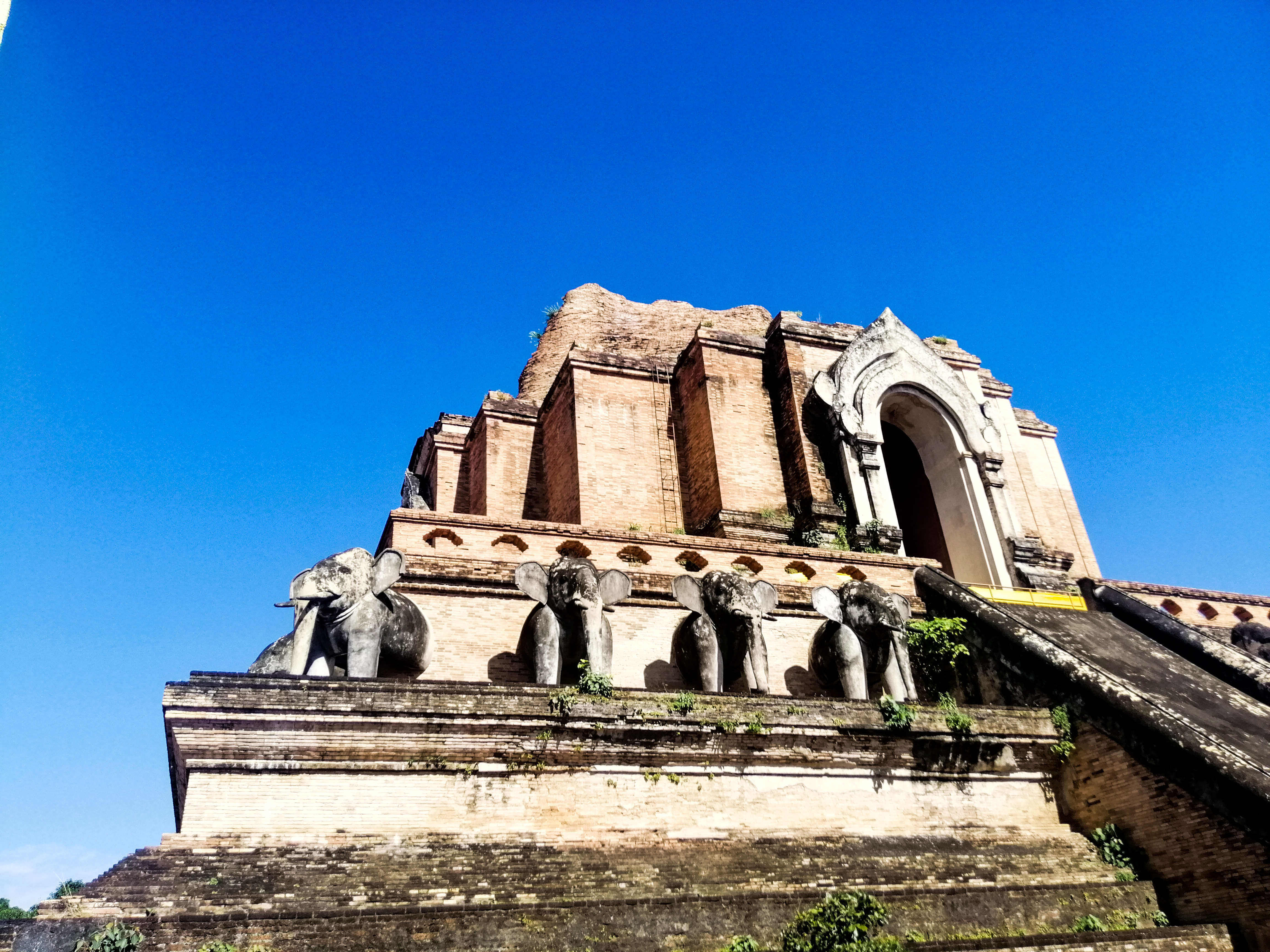
Wat Chedi Luang, also known as the Temple of the Royal Stupa, was built in 1441 when King Saen Muang Ma planned to bury the ashes of his father there. The top of the temple collapsed after an earthquake in 1545, reconstructed by UNESCO and the Japanese Government in the early 1990s but was left unfinished after a controversy.
I guess, I chose this to visit because of the elephants’ statue, the temple’s towering height, and because at times, ruins can give you a little feel of the past.
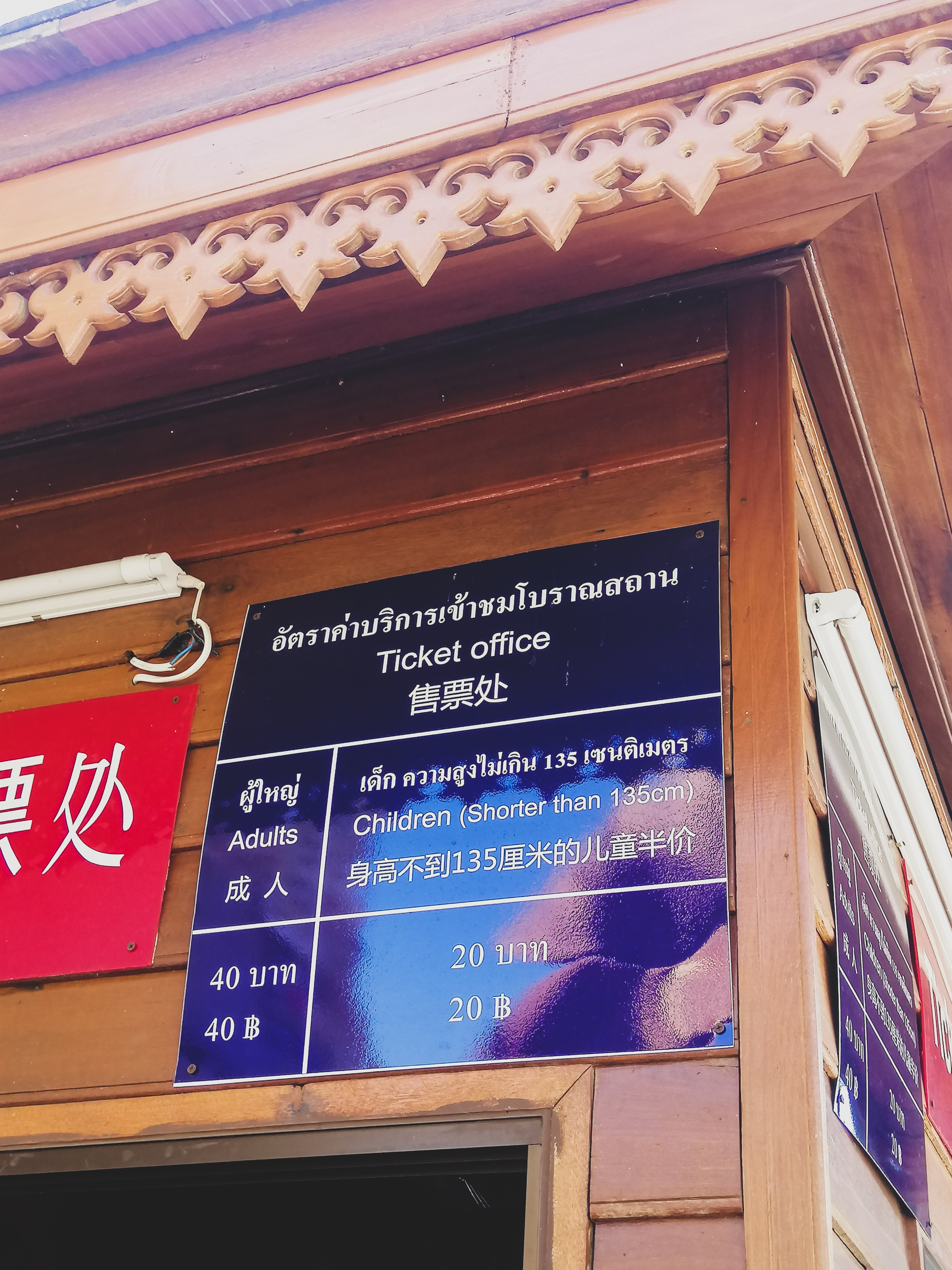
WAT SUAN DOK
Wat Suan Dok “flower garden temple”, also known as Wat Buppharam, was built in 1370 by King Kue Na of Lan Na for the monk Sumana Thera, following the monk’s vision about discovering a relic of the Buddha and housing it in Chiang Mai.
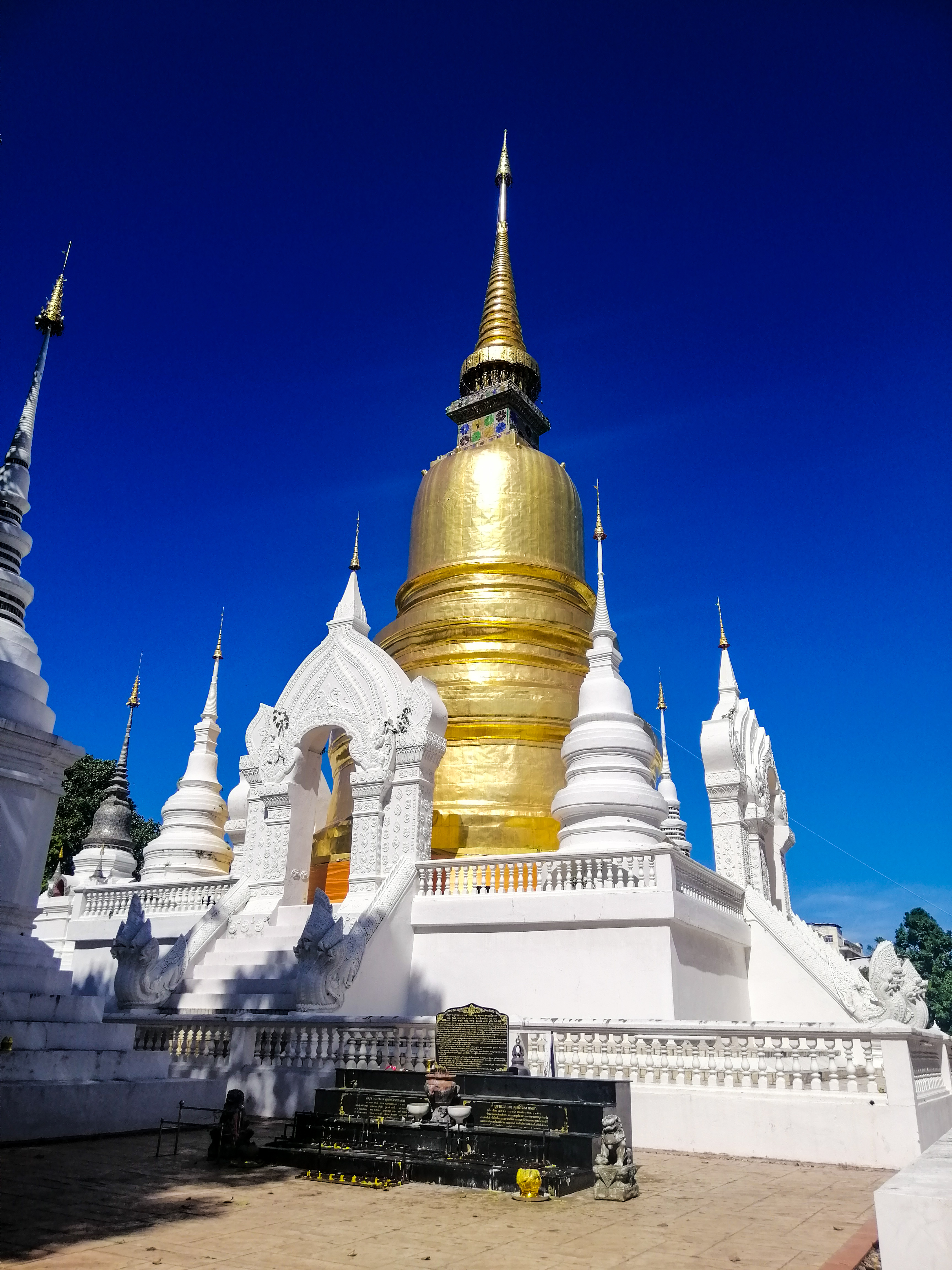
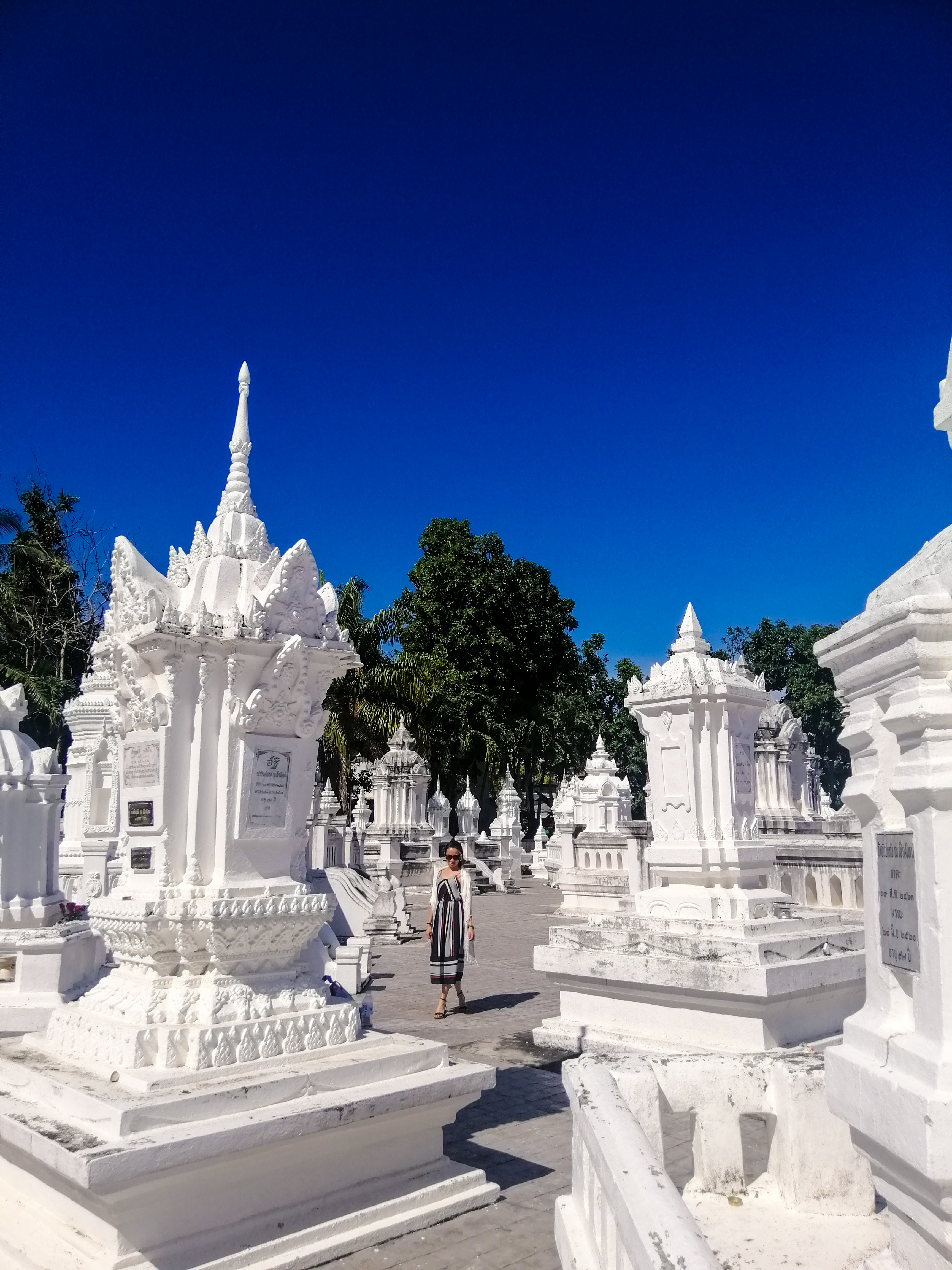
(Note: There is no entrance fee in Wat Suan Dok.)
WAT UMONG

Wat Umong, with the complete name of Wat Umong Suan Puthatham that translates to “Temple of the Tunnels and Buddha Dhamma Garden” is a 700-year Buddhist temple. It was said to be built by King Mengrai at the end of the 13th century for a monk named Thera Chan, and was used for meditation and consultation.
This temple is famous for its unique tunnels, and tranquil setting. It is located against the mountains of Doi Suthep.



(Note: No entrance fee but a donation is greatly appreciated.)
WAT PHRA THAT DOI SUTHEP
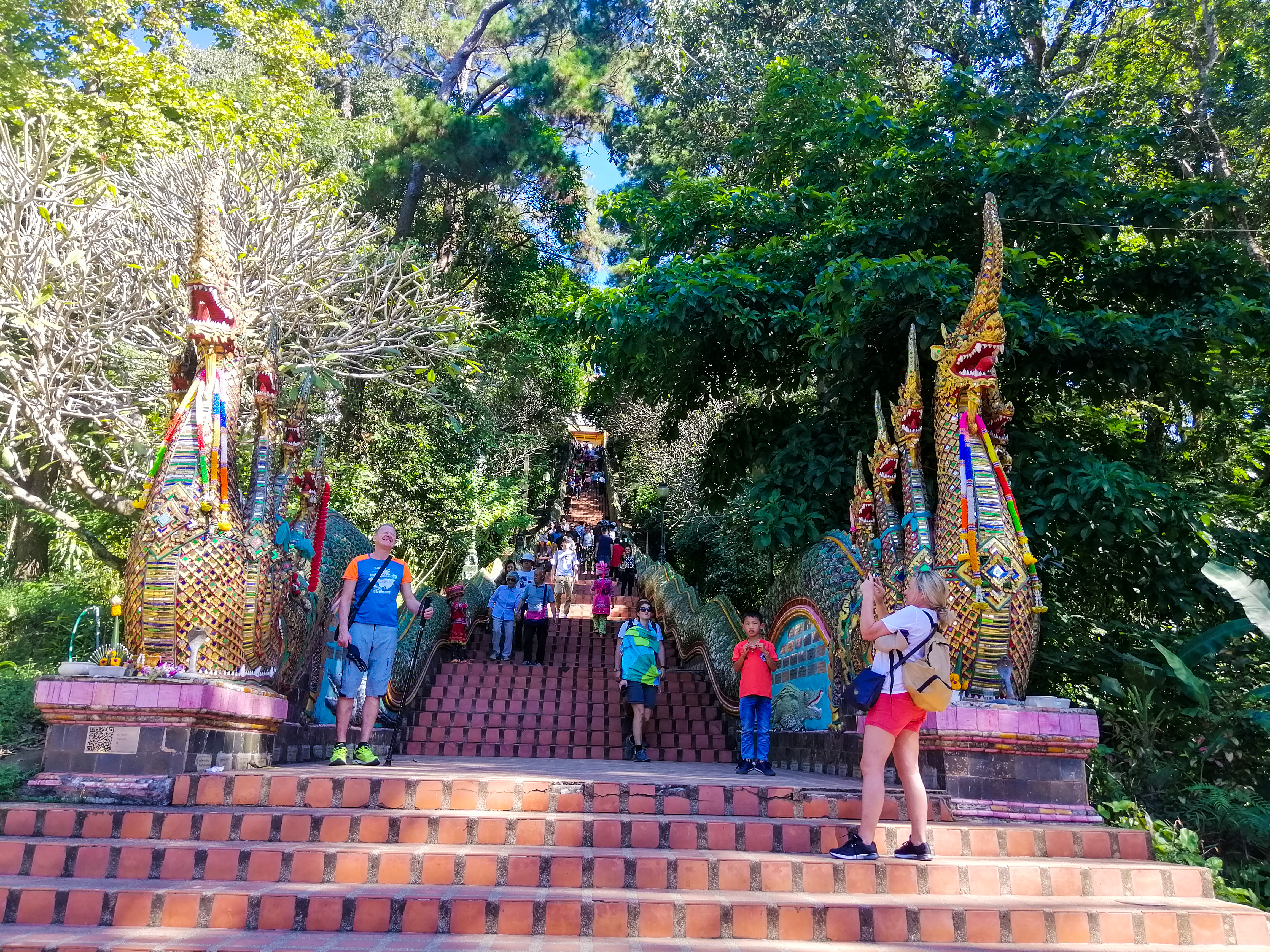
Wat Phra That Doi Suthep, a Theravada Buddhist temple, was built in 1383 by King Phaya Kue Na of Lan Na Kingdom.
The name of the temple actually explains what the temple has – Phra entails an honorific Buddha image and That means relic. This temple was considered as one of Chiang Mai’s most sacred places.
According to legend, a white elephant carried half of the relic up to the mountains of Doi Suthep (with the other piece being placed in Wat Suan Dok), stopped, trumpeted 3 times and dropped dead. As this was interpreted to be an omen, the king immediately ordered the building of a temple on the site. The first stupa was built, and then over time, the temple has expanded and many other shrines were added. The stairs were said to be built in 1935.
As this temple attracts many tourists, many members of the Hill Tribe can be seen at the bottom of the stairs. Their children were dressed in their native clothes, whom you can take photos with (with extra charges of course).
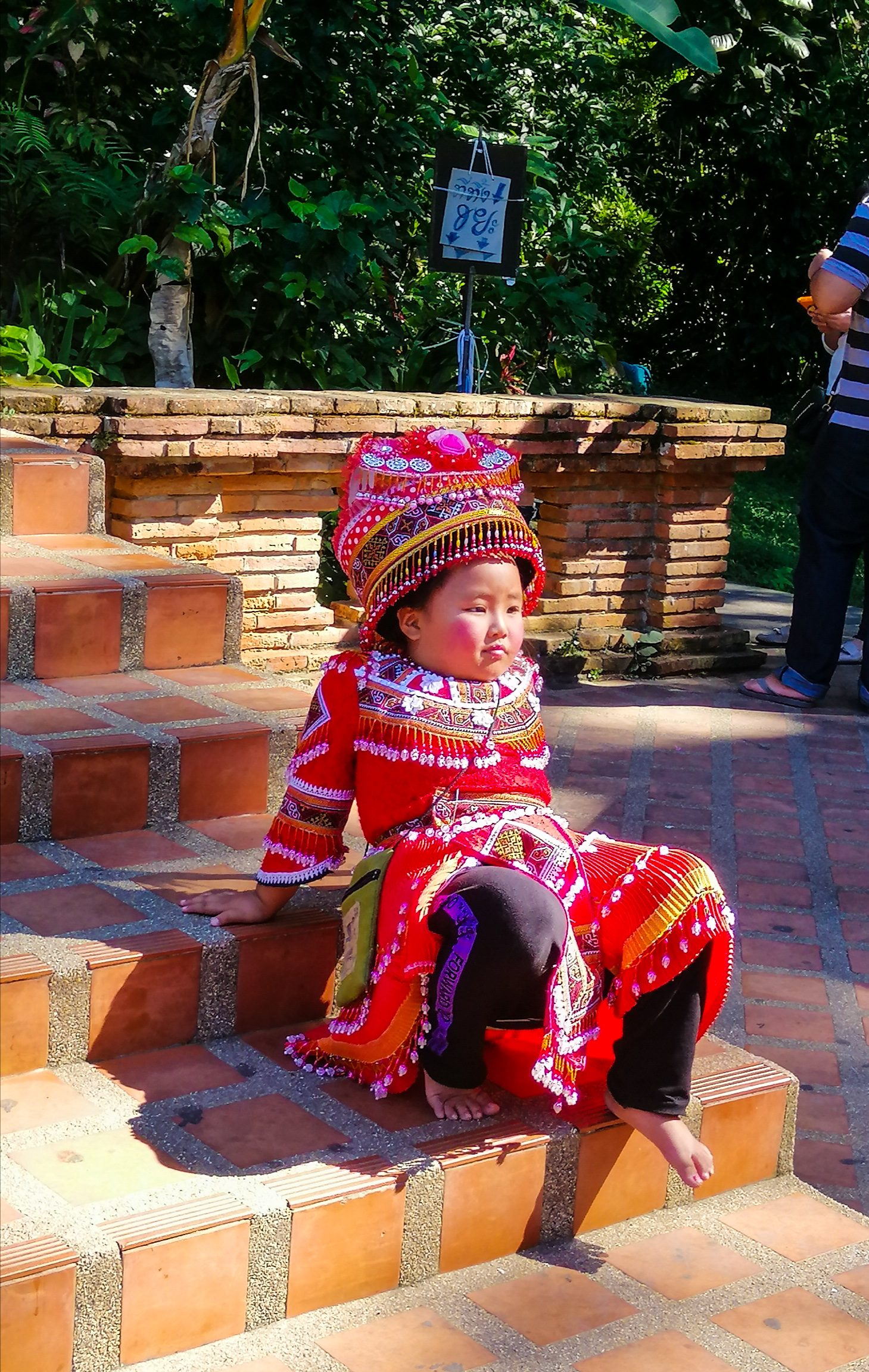
Other shrines up the Temple of Doi Suthep…



(Note: Entrance Fee is 30baht/pax)
Our Christmas tradition when we were kids was to spend Christmas Eve or New Year’s Eve in our home church, celebrating holidays with our families in Christ.
I may not be home at this time of the year, but I am still happy to be standing in another country’s Sacred Grounds.
How about you? What do you usually do on Christmas aside from putting up your Christmas trees?






Great post 😁
LikeLike
Thank you! 🙏☺️
LikeLike
No problem 🙂 check out my blog when you get the chance 😁
LikeLike
Sure. On it. 😉
LikeLike